Mass food poisoning: Expensive lessons and solutions
Many recent mass food poisoning incidents show that there are still many loopholes in food quality control and processing.
Why?
Poor quality food is one of the main causes of unpredictable harm. Not only acute poisoning can be fatal immediately, but contamination with toxic substances below the threshold, over time, can cause unpredictable diseases, such as cancer, unexplained dysfunction, infertility, and even birth defects...
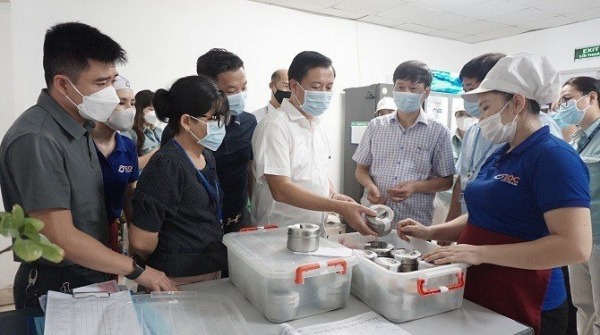 |
| Many recent mass food poisoning incidents show that there are still many loopholes in food quality control and processing. |
2024 is the 12th year since the Food Safety Law was promulgated and put into effect, along with Decree 15 and circulars of ministries and branches participating in food management.
However, food poisoning still occurs and is a concern, especially in crowded industrial zones. School meal provision is still a problem. Food poisoning is still a concern at banquets in both urban and rural areas.
Food insecurity has many causes such as overlapping in state management; lack of responsibility and supervision at local levels; livestock and crop farmers using growth stimulants without permission;
Greedy traders, processors and finally careless consumers (although that is very difficult). Recently, the whole country has had consecutive mass poisoning cases with hundreds of people infected, many of which are related to collective kitchens for students and workers.
The "culprits" of food poisoning cases are mainly found to be bacteria Salmonella, E.coli, histamine, microorganisms Bacillus cereus... found in food.
In the recent incident of hundreds of students in Lao Cai being poisoned by food, the results of food sample testing by the National Institute for Food Safety and Hygiene Control discovered that 4 dishes at the dinner on October 8, including cucumber, grilled pork roll, fried chicken, and water spinach soup, tested positive for Salmonella bacteria.
Or the case of 150 workers at Sunrese Apparel Vietnam Co., Ltd. ( Phu Tho ) having to be hospitalized after lunch due to high levels of histamine in the braised mackerel dish during the meal.
The most recent case of mass food poisoning occurred at Shinsung Vina Co., Ltd. after a party on October 20, causing 91 people to be hospitalized. Through testing of patient samples, the cause of the poisoning was E.coli and Staphylococcus aureus bacteria.
Deal with the root of the problem
It is known that there are currently 3 sectors including Health, Industry and Trade, Agriculture and Rural Development participating in food sector management, each Ministry and sector manages a number of products.
That is why there is overlap and interweaving between product groups, when there is an incident, the responsibility is not clear, so management is ineffective. Thus, to ensure food safety, it is necessary to build a "chain"; food insecurity leading to food poisoning has in fact formed a "chain", so to solve the root of this problem, there is a need for synchronous measures.
Although food safety management has been decentralized to local wards and communes, many mass poisoning cases with hundreds of people infected only revealed shortcomings in inspection and management when they occurred. Some establishments operated without business licenses, and only when they caused major poisonings were they exposed.
The Ministry of Health itself, through inspection, also pointed out the fact that many businesses have not yet implemented regulations on ensuring food hygiene and safety.
There are establishments that are not registered for business, do not have a certificate of food safety eligibility, do not have a certificate of training in food safety knowledge, and do not conduct periodic health check-ups for people participating in production and processing...
There are even establishments that do not perform 3-step food inspection and store food samples as prescribed; and cannot provide contracts and documents related to the origin of food ingredients.
Some for-profit establishments may use substandard ingredients or lack safety testing. This leads to a high risk of food poisoning when harmful substances from the food are not detected.
Failure to follow hygienic procedures in food preparation, storage and transportation is a major risk factor. Practices such as improper hand washing, unclean kitchen utensils, or undercooked food can create conditions for bacteria to grow.
Many consumers and food processors still lack understanding of the risks of food poisoning. This leads to subjectivity in food selection and processing.
To elaborate on the cause, according to Mr. Nguyen Duy Thinh, a food expert, the hands of the food processor are very important.
The principle before preparing food is to wash hands with soap; utensils must be clean, have cabinets to prevent cockroaches and microorganisms from flying in; cooked and raw food must be kept separate.
In particular, trash cans and toilets must be located far from food preparation areas. If this is not done, flies from trash cans and toilets will fly and land on cooked food, carrying E. coli bacteria.
Or the food processor does not wash his hands after using the toilet, or does not wash his hands properly, bringing E.coli bacteria into the food.
Similarly, Staphylococcus aureus bacteria often enter food when processing and storage are not hygienic. Salmonella bacteria also often spread when not following hand washing before eating or not washing hands properly after using the toilet.
To limit mass poisoning incidents, according to experts, state management agencies need to strengthen inspection and supervision of food safety.
Authorities need to step up regular inspections at food production, processing and supply establishments. Strictly handling establishments that violate food safety regulations will help raise compliance awareness among businesses.
Facilities need to select raw materials from reputable suppliers with food safety certificates. Food traceability is very important to ensure quality and minimize risks.
Organize food safety training courses for employees in restaurants and communal kitchens. Understanding the process of preserving, processing and cooking food will help reduce the risk of infection.
Applying advanced technologies in food preservation and processing helps prolong shelf life and prevent the growth of harmful bacteria. Temperature control systems and the use of safe packaging are effective solutions.
Information on food poisoning cases should be reported promptly to warn consumers. In addition, communication campaigns should focus on educating people on how to select, preserve and prepare food safely.
Mass food poisoning is an alarming problem and requires drastic intervention from authorities, businesses, as well as awareness from each individual.
Synchronously implementing preventive measures will not only help limit the risk of poisoning but also improve the quality of food services, ensuring health safety for the community.
According to statistics from the Ministry of Health, in the first 9 months of 2024, there were 111 food poisoning cases nationwide, the number of people with food poisoning increased more than 2 times.




![[Photo] General Secretary To Lam attends the 8th Congress of the Central Public Security Party Committee](https://vphoto.vietnam.vn/thumb/1200x675/vietnam/resource/IMAGE/2025/10/4/79fadf490f674dc483794f2d955f6045)
![[Photo] Solemn opening of the 8th Congress of the Central Public Security Party Committee, term 2025-2030](https://vphoto.vietnam.vn/thumb/1200x675/vietnam/resource/IMAGE/2025/10/4/f3b00fb779f44979809441a4dac5c7df)
![[Photo] Bustling Mid-Autumn Festival at the Museum of Ethnology](https://vphoto.vietnam.vn/thumb/1200x675/vietnam/resource/IMAGE/2025/10/4/da8d5927734d4ca58e3eced14bc435a3)

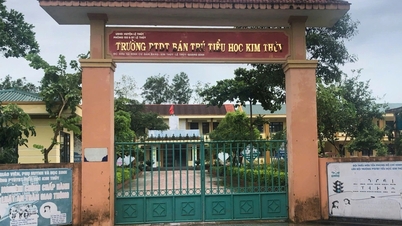

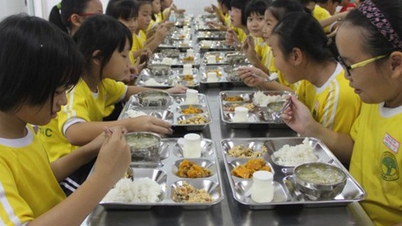

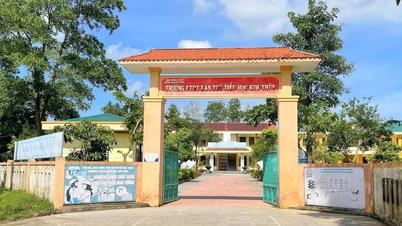

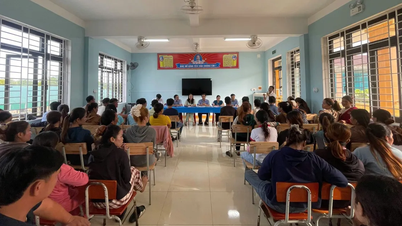

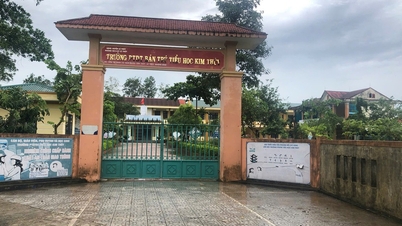




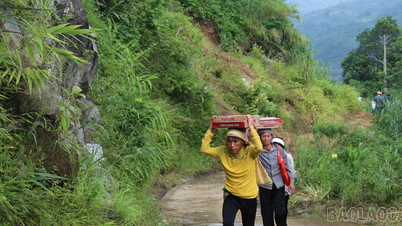









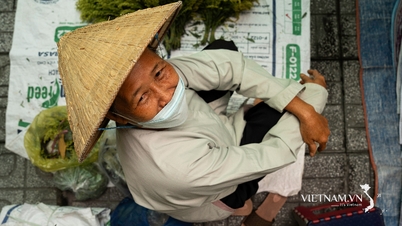




























![[VIDEO] Summary of Petrovietnam's 50th Anniversary Ceremony](https://vphoto.vietnam.vn/thumb/402x226/vietnam/resource/IMAGE/2025/10/4/abe133bdb8114793a16d4fe3e5bd0f12)
![[VIDEO] GENERAL SECRETARY TO LAM AWARDS PETROVIETNAM 8 GOLDEN WORDS: "PIONEER - EXCELLENT - SUSTAINABLE - GLOBAL"](https://vphoto.vietnam.vn/thumb/402x226/vietnam/resource/IMAGE/2025/7/23/c2fdb48863e846cfa9fb8e6ea9cf44e7)


















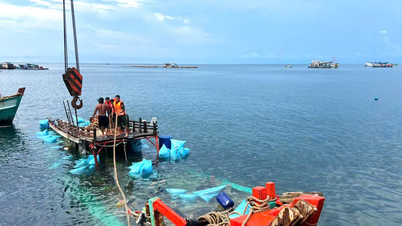

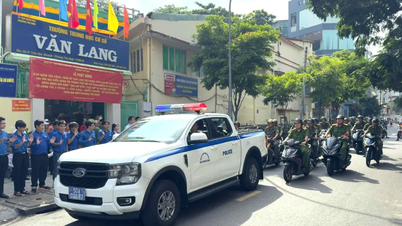








Comment (0)